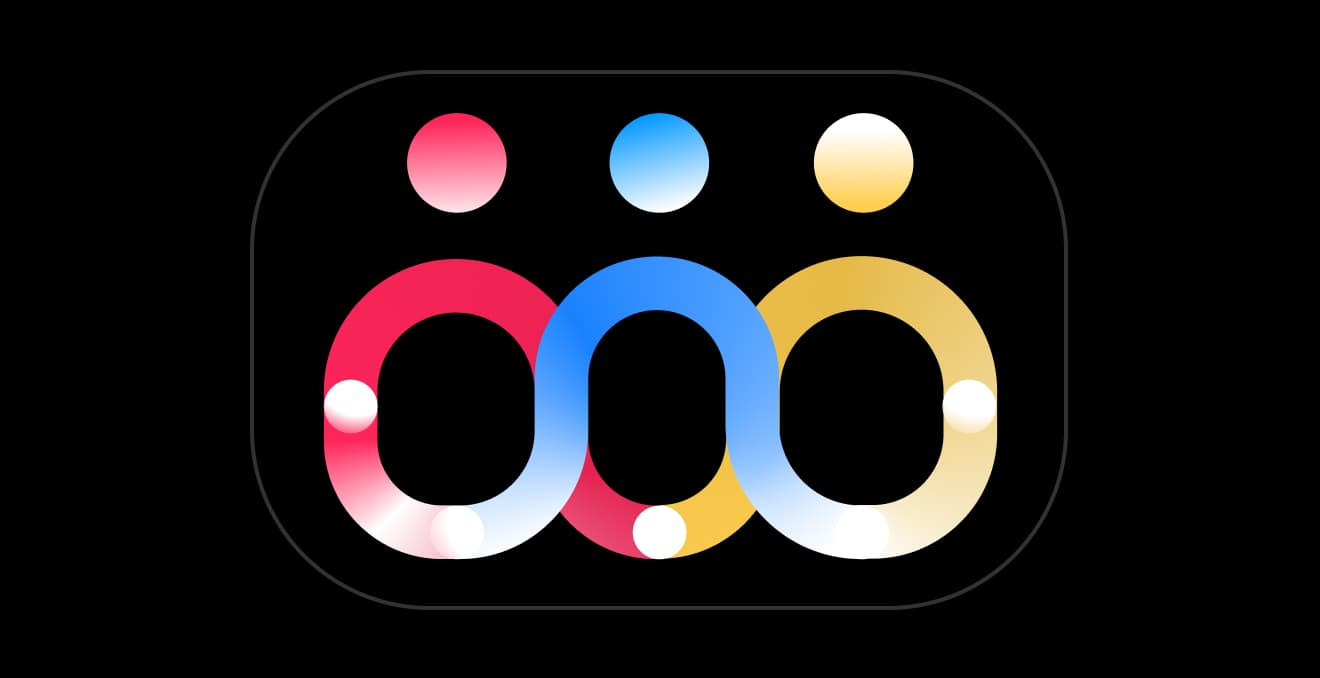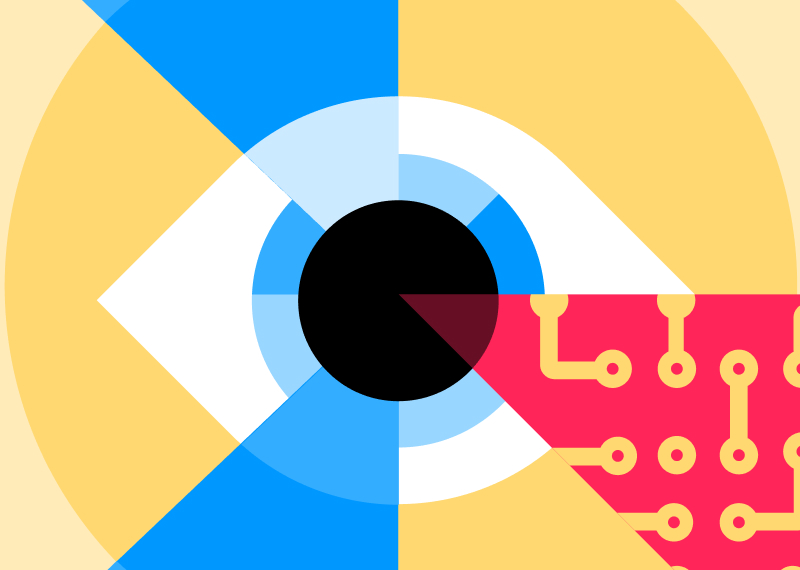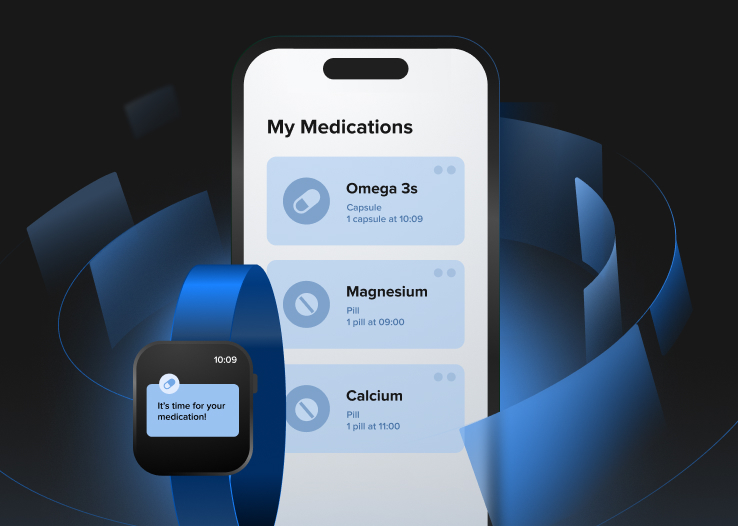Thanks to the internet and widespread availability of digital technology, consumers today have more influence over their healthcare decisions than ever before. People are able to research symptoms, treatments and providers before seeking out decisions, rather than relying solely on healthcare professionals for advice. With this comes new consumer expectations — they want to be actively involved in this journey. That’s why taking a patient-centric approach, or patient centricity, is essential for healthtech companies going forward.
What is patient centricity?
Patient centricity refers to putting patients first by actively engaging them in healthcare decisions, research and treatments. It transforms the healthcare journey from fragmented and episodic to continuous and personalized, with the goal of improving outcomes and satisfaction.
There’s growing recognition among stakeholders of the importance of involving patients in decisions about their care. The organizations that build these deeper, collaborative relationships are the ones that are more likely to succeed in a healthcare system increasingly shaped by patients.

Challenges of patient centricity
While patient-centric, data-driven healthcare sounds promising on paper, implementing it comes with real-world obstacles. Acknowledging these challenges is the first step in developing workable solutions.
Privacy & security
- Multiple points of access: An integrated platform means many stakeholders, each needing secure, appropriate access. If one node is breached, it could compromise sensitive records
- Regulatory complexity: Laws like HIPAA (in the U.S.) and GDPR (in Europe) set stringent data privacy requirements, often with region-specific nuances. Organizations that fail to comply risk hefty fines and damage to reputation. Both the U.S. and Europe have adopted regulations in the AI field that place data governance as a top requirement for high-risk AI in health. This means healthcare AI developers must establish processes to manage their data throughout the AI lifecycle so that it's relevant, representative and processed securely
Data silos
- Technical barriers: Different EHR vendors, payer systems and research databases might not be interoperable without significant customization. The lack of standardized interfaces (APIs) hinders data flow
- Organizational resistance: Some providers or payers hesitate to share data in case it gives competitors an advantage or that data monetization or secondary use might erode patient trust
Stakeholder alignment
- Divergent objectives: Providers aim to optimize clinical outcomes, payers focus on controlling costs and pharmaceutical companies seek ROI on product development. Without a clear, shared framework, each entity will follow its own metrics of success
- Short-term vs. long-term gains: Many patient-centric solutions (e.g., advanced remote monitoring) incur upfront costs before long-term savings become evident. This can deter investment in the absence of supportive financial structures
Standardization issues
- Varying data models: Providers might store medication data in a format different from the one used by payers or pharma. And research data might use specialized schemas like CDISC
- Lack of uniform PROs: Patient-reported outcomes often vary widely in how they’re collected and defined, complicating large-scale analyses
Governance & compliance
For data-driven healthcare to flourish, governance mechanisms must clearly define rights and responsibilities for each stakeholder. When done effectively, these frameworks build the trust necessary for sharing sensitive health information.
1. Data ownership and access management
Health data represents one of the most sensitive and personal types of information, making patient consent a paramount concern in modern healthcare. The landscape of health data usage is increasingly complex, spanning direct clinical care, research and advanced analytics. Not to mention patients rightfully demanding greater control over their personal health information.
2. Consent dynamics: Primary vs. secondary data use
The approach to patient consent varies significantly between primary and secondary uses of health data. Primary use — typically involving direct clinical care — often has more flexible consent requirements that differ across countries. In contrast, secondary uses, such as medical research or public health initiatives, universally require explicit patient authorization.
Digital consent forms have emerged as a sophisticated tool. They enable patients to provide granular permissions for data sharing. These modern interfaces allow individuals to specify exactly which providers, payers and third-party organizations can access their health information, creating a more transparent and personalized consent experience.
3. Navigating regulatory complexities
Striking a balance between stringent privacy regulations like HIPAA and GDPR while facilitating meaningful health data use represents a significant challenge. Privacy protection needs to be carefully balanced against the potential benefits of data-driven medical research and healthcare improvements.
Unfortunately, legislation often lags behind technology, meaning that organizations need to stay vigilant about changes (e.g., new rules on telehealth reimbursements or data sharing across state lines).
Data lineage & provenance
- Auditable trails: Patient data often passes through multiple transformations or aggregations. Log each step so auditors to trace outcomes back to specific data sources
- Integrity assurance: If data is altered or combined with other data sets, maintaining records of how that transformation occurred helps preserve scientific and clinical validity
These governance and compliance guidelines aren’t mere bureaucratic hoops. They lay the groundwork for new, data-enabled possibilities.
Benefits of patient centricity
Patient centricity is increasingly regarded as a driver of better health outcomes, better patient care, increased business performance and reduced costs. Specific benefits include:
- Personalized engagement & satisfaction: Rather than a one-size-fits-all protocol, each care plan addresses a patient’s specific medical history, lifestyle and social context. When a patient’s data shows struggles with medication adherence due to side effects, clinicians can promptly adapt the prescription or offer alternatives. According to the World Health Organization, effective patient engagement can reduce the burden of healthcare harm by 15%
- Shared decision-making: Clinicians and patients become partners. The patient’s preferences, cultural values and risk tolerance play a central role in choosing interventions. Meanwhile, data analytics tools can highlight potential outcomes, supporting informed conversations rather than dictating them
- Proactive care coordination: In traditional models, a patient seeking specialty care might bounce between multiple offices, each with its own records. Patient-centric care integrates these touchpoints and schedules follow-ups systematically so the entire care team has the same, up-to-date record
- Health outcome and value focus: By tying reimbursement or organizational performance measures to outcomes (e.g., decreased hospital readmissions, reduced complications), patient-centric models motivate all stakeholders to find ways to keep patients healthier and more satisfied
- Operational advantages: Healthcare organizations that adopt a patient-centric approach tend to benefit from improved public perception, increased efficiency and higher profitability, due to aforementioned better patient engagement and outcomes
- Integrated platforms: Integrated platforms let patients easily view lab results, schedule appointments or chat with care coordinators foster a sense of control and partnership. Some systems also connect patients with digital communities or support groups that share experiences, improving adherence and overall well-being
We recently conducted a comprehensive comparative analysis and simulation of treatment costs, examining the economic implications of value-based care versus system-centric healthcare approaches.
Clearly, the patient-centric model holds tremendous potential. Yet realizing this vision is no small feat. Next, we examine the practical challenges — ranging from data silos to regulatory complexities — that organizations face when striving to align around integrated, patient-first strategies.
The patient-centric model opportunity
Even though challenges persist, the rewards for successfully implementing a patient-centric model are substantial — and they extend well beyond incremental gains. Below are key areas where stakeholders can realize transformative benefits.
AI-driven drug development
- Predictive modeling: Pharmaceuticals can employ machine learning on massive data sets — blending EHR records, claims data and patient-generated data — to detect early signals of drug efficacy or adverse events
- Adaptive Trials: Instead of rigid, single-purpose trials, “adaptive” study designs allow modifications (e.g., dosage changes) as real-world evidence pours in. This speeds up the time to confirm drug benefits or pivot away from less effective approaches
Digital therapeutics and beyond
- Coordinated care solutions: Pharma companies and payers can partner to create digital solutions that complement traditional therapies. An app that monitors a patient’s mental health in real-time can work hand-in-hand with antidepressant prescriptions, providing a more robust treatment pathway
- Behavioral interventions: Data-driven nudges — like text reminders to exercise or mindfulness prompts — can significantly impact chronic disease management. These features, integrated into standard care plans, help maintain patient engagement
Value-based pricing
- Outcomes-based contracts: Many payers and pharma firms now experiment with contracts that tie the drug’s final cost to measurable clinical improvement. If a patient with heart failure shows a marked reduction in hospital admissions, the pharmaceutical company receives higher reimbursement
- Risk sharing: By analyzing real-world performance, payers and pharma can share both financial risks and rewards. This structure incentivizes early detection and targeted treatment, ultimately benefiting patients by aligning cost with genuine benefit
Advanced population health management
- Targeted interventions: Payers, providers and data analytics companies can collaborate to identify patients at high risk for expensive complications or poor outcomes. Predictive algorithms spot early red flags, such as repeated missed appointments or deteriorating biometric trends from wearables
- Cost reduction: Focused, preventive efforts — like home visits for vulnerable seniors — reduce ER visits and hospital stays, lowering costs for payers and improving quality of life for patients
From predictive analytics and digital therapeutics to outcome-based contracts, the overarching takeaway is that integrated, patient-centric data platforms enable a wide array of possibilities.
To bring our discussion full circle, we'll conclude with key points to remember about the future of healthcare data integration and how these stakeholder roles converge around the patient.
Getting started with patient centricity
The evolving healthcare landscape calls for a more connected, transparent and patient-focused approach. Providers, payers, pharmaceutical, medtech companies and health data analytics agencies each generate valuable insights, but these insights often remain underutilized due to siloed systems and misaligned incentives.
A patient-centric model, backed by interoperable data platforms, promises to dissolve many of these barriers, leading to:
- Smarter clinical decisions driven by real-time access to comprehensive patient information
- More effective therapies through continuous feedback loops that inform drug development and post-market monitoring
- Aligned incentives as payers, providers and pharma share the goal of improving health outcomes in a cost-effective manner
- Greater patient empowerment with easy, on-demand access to personal health data and a greater voice in care decisions
Measuring patient centricity requires a multifaceted approach, one that combines traditional clinical and functional outcomes with patient-first experiences and engagement.
The only way for healthtech companies to deliver that consistently is by breaking down data silos, safeguarding privacy and creating shared standards for data exchange. Now you know why patient centricity matters, learn how to create a patient-centric platform in our next article.
Real-World Data Integration for Pharma and Biotech
Turn fragmented systems and raw data into compliant, accessible, AI-ready ecosystems










